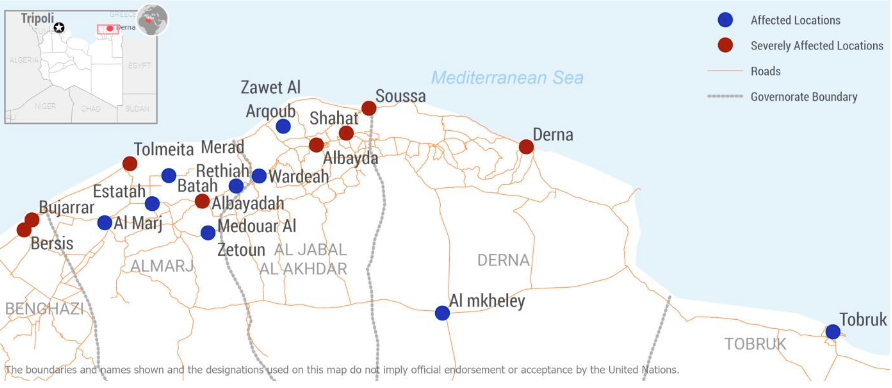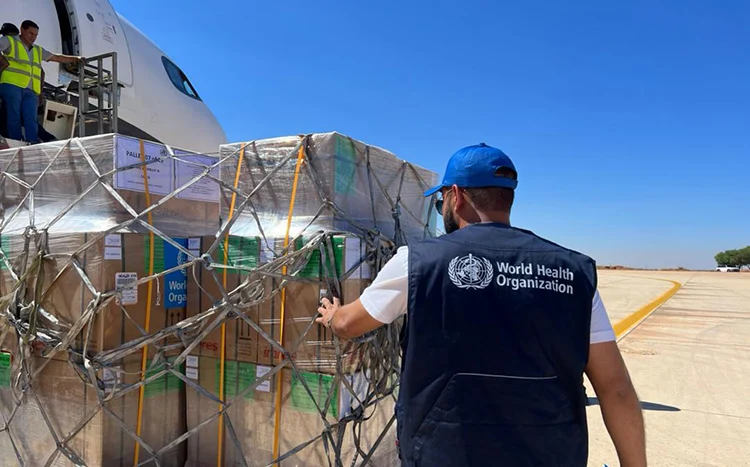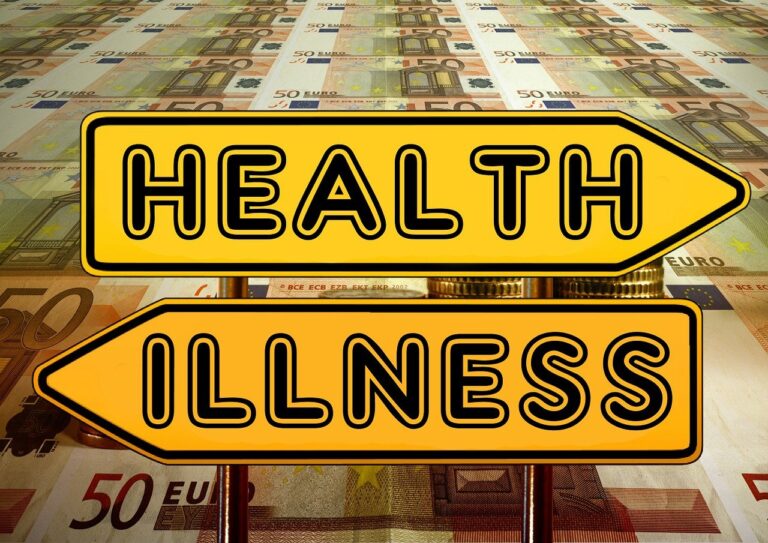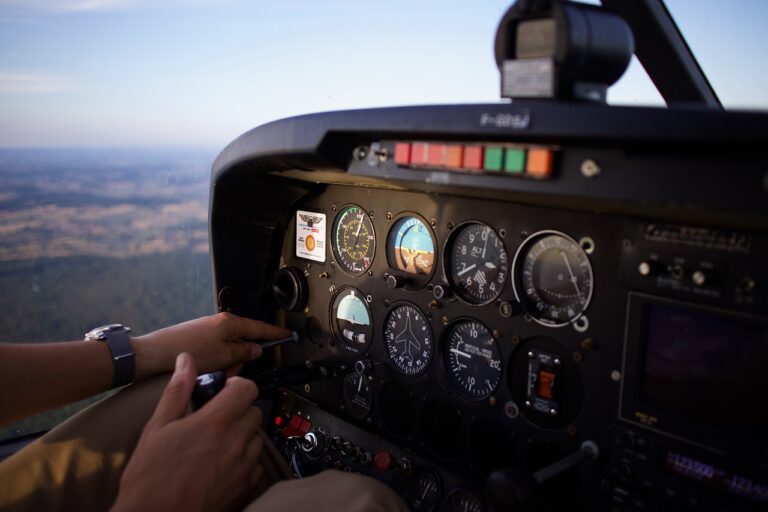
Photo source: Libya Flood Response Flash Appeal, September 2023-December 2023. (OCHA)
WHO health supplies arrive in Libya as part of intensified response to devastating floods after Storm Daniel
Tripoli/Geneva: After the impact of Storm Daniel impact was compounded by the collapse of two dams early Monday (September 11, 2023) that led to the deaths of thousands of people in Derna in Libya, more than 9000 people are still missing. Some 900,000 people were affected by the floods in a country where 300,000 people needed humanitarian assistance even prior to this disaster.
On September 10, Storm Daniel affected northeastern Libya with torrential rains and flash floods affecting multiple cities and towns. The human toll is significant and is expected to continue rising.
The United Nations Office for the Coordination of Humanitarian Affairs (OCHA) estimates that approximately 884,000 people in five provinces (Mantikas) live in areas that have been directly affected by the storm and flash floods in Libya and have been impacted to varying degrees.
The floods pose significant health risks, including contaminated water sources and potential disease outbreaks. Families were left with nothing. They need to find food, shelter, health care and cash to meet their basic needs.
“The true level of destruction and devastation has yet to be known,” Martin Griffiths, the Under-Secretary-General for Humanitarian Affairs, told the press in Geneva. “In Libya, the climate and capacity have collided to cause the tragedy we see,” he said.

The hardest-hit areas include Derna, Albayda, Soussa, Al-Marj, Shahat, Taknis, Battah, Tolmeita, Bersis, Tokra, and Al-Abyar, among others. Schools and hotels are being used as shelters. Albayda’s hospital, which serves the entire Green Mountain region, has been flooded, forcing the evacuation of ICU patients to private hospitals and clinics, and relocating other patients to different buildings.
Derna is reported to be the most affected location with Storm Daniel having led dams to burst and water to sweep through large areas of the city causing major devastation. One International non-governmental organization estimated that 30 per cent of the city may have disappeared as a result. Based on UNOSAT analysis, over 2,200 buildings are estimated to have been exposed to flooding.
Several factors are influencing and exacerbating the severity of humanitarian needs, including pre-existing humanitarian conditions, deterioration of the socio-economic situation, and logistical and access constraints to certain areas.
A UN disaster assessment and coordination team has been deployed and a coordination hub has been set up in Benghazi. The $71.4 million flash appeal, launched on September 14, aims to support 250,000 people for the next three months. In parallel, the UN is conducting further assessments to collect more accurate data and an interagency team has been deployed to the eastern region, including some already in Derna and other affected areas.
The World Health Organization (WHO) teams are working with the Libyan Ministry of Health to track the dead and missing. Thus far, the bodies of 3958 people have been recovered and identified, and death certificates have been issued. This number is projected to increase as more bodies are recovered by search and rescue teams.
“This is a disaster of epic proportions,” said Dr Ahmed Zouiten, World Health Organization (WHO) Representative in Libya. “We are saddened by the unspeakable loss of thousands of souls. Our thoughts are with the families who have lost loved ones, as well as with all of the affected communities. We are committed to providing the necessary support to restore health services for the affected population in eastern Libya.”
WHO is working closely with Libya’s Ministry of Health and the National Centre for Disease Control to identify and address the health needs of survivors and affected populations in temporary settlements and camps for displaced people. WHO teams are active on the ground as part of an assessment mission led by the Ministry of Health, as well as participating in assessment missions being conducted by United Nations agencies. This ongoing health assessment covers the Al Bayda, Al Marj and Shahat districts and other affected areas.
While this assessment continues, the current priorities are to restore functionality in hospitals and health centres and to prevent and control the spread of infectious diseases. WHO will support the urgent delivery of health care through the provision of medical equipment, and essential medicines and supplies, including treatments for communicable and noncommunicable diseases, and surgical and anaesthesia supplies.
WHO said today its response priorities over the coming weeks and months will include conducting in-depth health assessments, restoring the functionality of health facilities in affected areas, and establishing fixed and mobile health clinics as close as possible to affected populations. WHO will further bolster access to health care by deploying international emergency medical teams to provide health services in remote and hard-to-reach areas. Reinforcing disease surveillance and infectious disease control will be vital, especially for the estimated 35,000 who have been displaced by the crisis. WHO will also work with local health authorities to provide overall coordination of the emergency health response.

Today, 29 metric tonnes of health supplies arrived in Benghazi, Libya, from the WHO Global Logistics Hub in Dubai, United Arab Emirates. With enough supplies to reach almost 250,000 people with health aid, the shipment reflects an intensified emergency response to the unprecedented flooding in eastern Libya in the aftermath of Storm Daniel. The supplies include essential medicines, trauma and emergency surgery supplies, and medical equipment. There are also body bags for the safe and dignified movement and burial of the deceased.
Today’s shipment will help replenish supplies in more than half of the health facilities in the affected areas, most of which are not functioning due to shortages of medicines and medical equipment. The supplies will be given to hospitals and primary health care centres and will be crucial in restoring their functionality. The 29 metric tonnes (130 cubic metres) of supplies that arrived today are the second delivery made by WHO. The first delivery of 29 metric tonnes of urgent medical supplies came from WHO’s existing contingency stocks in Libya.
– global bihari bureau





